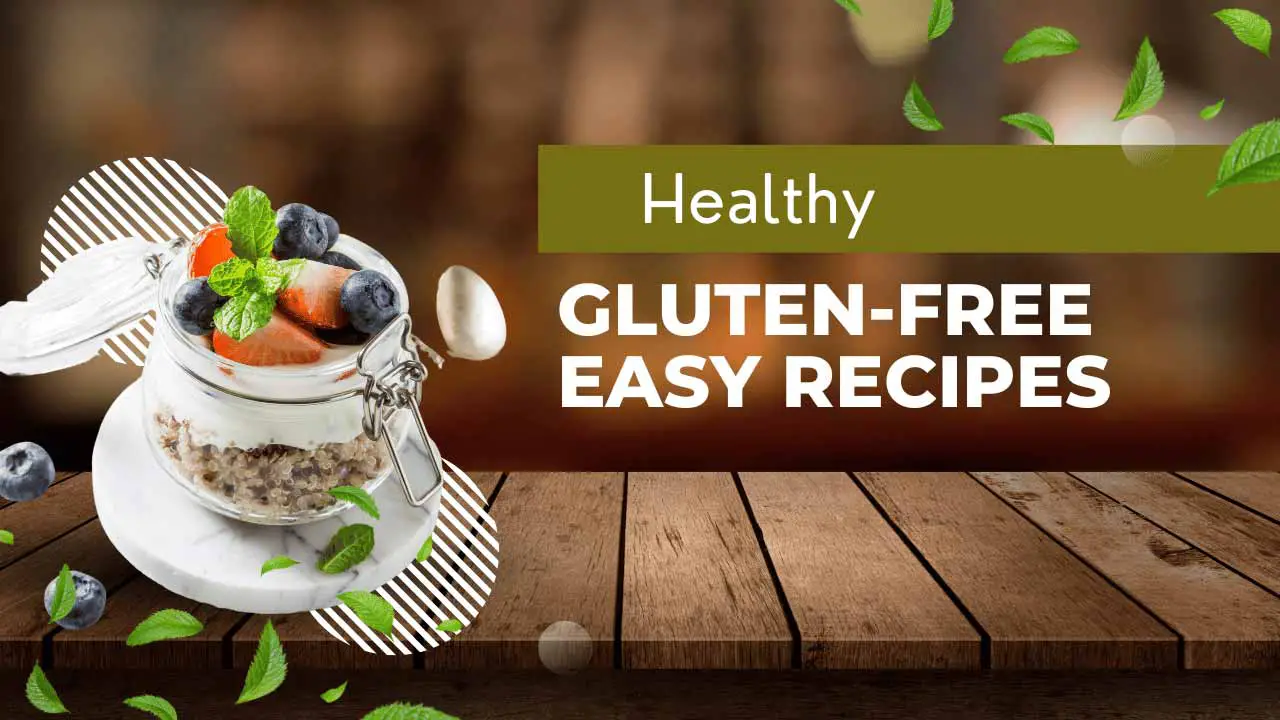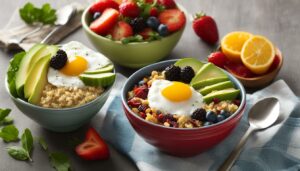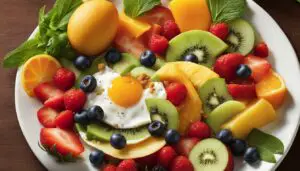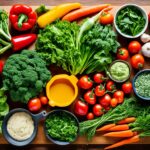In a world where dietary trends come and go a “fit philosophy” is a guiding principle for holistic well-being. A cornerstone of this philosophy is the gluten-free diet, which has gained traction for individuals with gluten sensitivity or celiac disease and those seeking improved physical and mental health.
In this article, we’ll delve into the essence of gluten, why a gluten-free diet is important for some, and how adopting a fit philosophy can elevate your gluten-free journey.
To make this journey more delectable, we’ll also provide a collection of healthy and easy-to-make gluten-free recipes, along with essential tips and success stories to inspire and empower you.
Contents
Understanding Gluten and Its Impact:
Gluten is a wheat, barley, and rye protein. For some individuals, consuming gluten can adversely affect their health. Celiac disease, an autoimmune disorder, is the most well-known condition related to gluten intolerance.
When individuals with celiac disease consume gluten, their immune system attacks the small intestine lining, causing digestive and systemic symptoms.
However, even those without celiac disease may experience gluten sensitivity, characterized by similar symptoms that don’t involve an autoimmune response.
Also read: Homemade Granola Bars Recipe
The Benefits of a Gluten-Free Diet:
Transitioning to a gluten-free diet can yield many benefits beyond addressing specific health conditions. Improved physical well-being is often one of the first noticeable changes.
Individuals report increased energy levels, better digestion, and even weight loss. Additionally, adopting a gluten-free diet has been linked to enhanced mental health.
Research suggests that reducing gluten consumption might alleviate symptoms of anxiety and depression in some individuals.
Embracing a Fit Philosophy in the Gluten-Free Lifestyle:
A fit philosophy transcends mere dietary guidelines. It encapsulates a holistic approach to health that encompasses physical, mental, and emotional well-being.
When applied to a gluten-free diet, the fit philosophy emphasizes consuming nutrient-dense foods that support vitality and optimal functioning. It’s about nourishing the body while also savoring the culinary experience.
From quinoa bowls to vibrant salads, this philosophy encourages a diverse and colorful plate that fuels body and soul.
Satisfying Recipes for a Vibrant Life:
- Quinoa and Veggie Power Bowl: A protein-packed delight featuring quinoa, a gluten-free grain, paired with an array of colorful vegetables, topped with a zesty lemon-tahini dressing.
- Zucchini Noodles with Pesto: A gluten-free twist on the classic pasta dish, using zucchini noodles and homemade basil pesto for a burst of flavor.
- Black Bean and Avocado Salad: A refreshing blend of black beans, creamy avocado, cherry tomatoes, and corn drizzled with lime dressing, perfect for a quick and nutritious lunch.
- Grilled Lemon Herb Chicken: Lean chicken breasts are marinated in a tangy lemon herb mixture and grilled to perfection, served with roasted vegetables.
- Chia Seed Pudding: A delightful gluten-free dessert made by soaking chia seeds in almond milk, flavored with vanilla, and topped with fresh berries.
Elevating Your Gluten-Free Game:
To make your gluten-free journey even healthier, consider these tips:
- Choose Whole Grains: Opt for whole grains like brown rice, quinoa, and oats to boost fiber and nutrient content.
- Lean Protein: Incorporate lean proteins like poultry, fish, tofu, and legumes for muscle support and sustained energy.
- Healthy Fats: Include sources of healthy fats like avocados, nuts, seeds, and olive oil for heart health and satiety.
- Reading Food Labels: Scan ingredient lists for hidden sources of gluten, such as modified food starch or malt flavoring.
- Gluten-Free on the Go: Plan when dining out or traveling by researching gluten-free options and communicating your needs to restaurant staff.
- Personalizing Your Approach: Tailor your gluten-free journey to your individual preferences, experimenting with different ingredients and recipes until you find what works best.
Inspiring Success Stories:
Meet Emma, who, after being diagnosed with celiac disease, embarked on a gluten-free journey that not only transformed her health but also ignited her passion for cooking.
“I never realized how creative I could get in the kitchen until I went gluten-free. It’s been an empowering journey of discovering new flavors and nourishing my body.”
Conclusion:
Embracing a fit philosophy within a gluten-free diet is a holistic approach to well-being that elevates physical and mental health. Whether driven by health concerns or a desire for vitality, the benefits of this journey are undeniable.
By weaving nutrient-rich foods into your daily routine and savoring the pleasures of cooking, you’re not just following a diet but cultivating a lifestyle that nurtures your body and soul.
As you embark on this adventure, remember that every meal is an opportunity to celebrate your well-being. Try out the recipes, explore new flavors, and share your experiences – your gluten-free journey is uniquely yours to savor and share.
FAQs
1: What are the main sources of gluten in our diet?
Gluten is primarily found in wheat, barley, and rye. Many common foods contain gluten, including bread, pasta, cereals, baked goods, and some processed foods. It’s essential to read labels carefully and be aware of hidden sources of gluten, such as certain sauces, dressings, and processed snacks. Opt for naturally gluten-free whole foods like fruits, vegetables, lean proteins, and whole grains like quinoa and rice to build a foundation for your healthy gluten-free diet.
2: Is a gluten-free diet suitable for weight loss?
A gluten-free diet can contribute to weight loss, but it’s important to approach it with a balanced mindset. Simply cutting out gluten without making healthy food choices won’t guarantee weight loss. However, by focusing on nutrient-dense foods like vegetables, lean proteins, and whole grains, you may naturally reduce calorie intake and feel more satisfied.
3: Are gluten-free products always healthier than their gluten-containing counterparts?
Not necessarily. Gluten-free products are formulated to replace their gluten-containing counterparts. Still, they can sometimes be higher in added sugars, unhealthy fats, and refined ingredients to compensate for taste and texture. Opt for products made from whole grains like brown rice or quinoa flour when choosing gluten-free alternatives, such as bread or pasta. Always read the nutrition labels to ensure you’re making a wholesome choice.
4: Can I still get all the necessary nutrients on a gluten-free diet?
Yes, with proper planning, a gluten-free diet can provide all the essential nutrients your body needs. Focus on diverse whole foods, including lean proteins, fruits, vegetables, nuts, seeds, and gluten-free whole grains. If you’re concerned about potential nutrient deficiencies, consult a registered dietitian or healthcare professional to ensure you meet your nutritional requirements.








